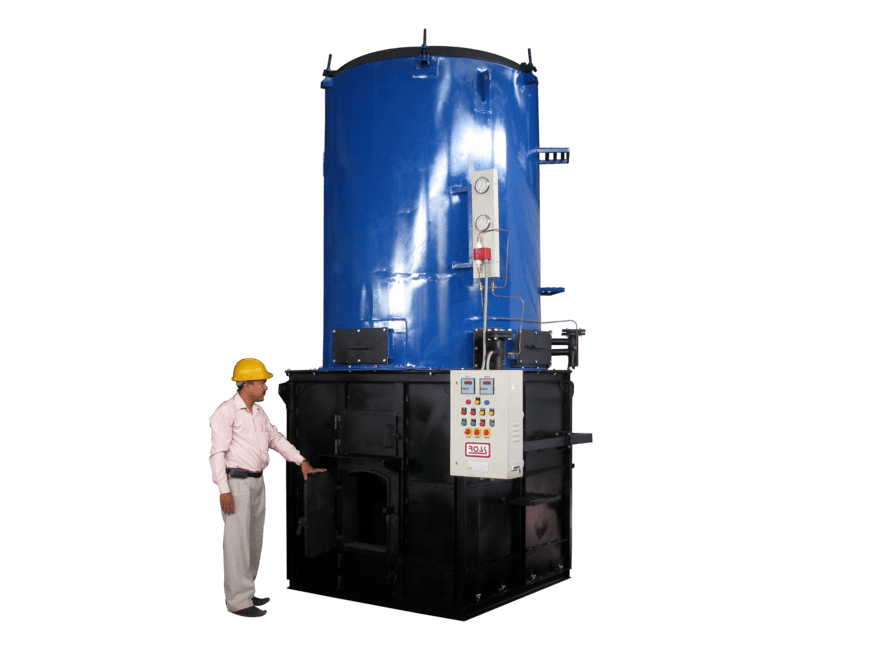Thermic fluid heaters are frequently used in industrial applications that require consistent, reliable heat transfer. These heaters are made up of various components, each playing a crucial role in the efficient and effective operation of the heating system. In this comprehensive guide, we will explore each component of a thermic fluid heater and its function.
What are the main components of a thermic fluid heater?
Burner: The burner provides the heat source for the heating fluid that circulates through the thermic fluid heater. It is usually located at the bottom of the heater and can use a variety of fuels such as oil, gas, or electricity to generate heat.
Combustion Chamber: The combustion chamber is where the burner is located and where the combustion process takes place. It is designed to provide a controlled environment for the burner to operate and generate heat while minimizing heat loss.
Heat Exchanger Coil: The heat exchanger coil is the primary component responsible for transferring heat from the fluid being heated to the process being heated. It is usually made up of a series of tubes that allow the fluid to circulate through the heater, while heat is transferred to the process being heated.
Expansion Tank: The expansion tank acts as a reservoir for the heating fluid and allows for the expansion and contraction of the fluid as it is heated and cooled. It is designed to prevent damage to the heating system caused by pressure build-up.
Pump: The pump circulates the heating fluid throughout the system, ensuring that it reaches the desired temperature and is available when needed. It is usually located near the bottom of the thermic fluid heater and can be either centrifugal or positive displacement.
Control Panel: The control panel is responsible for regulating the various components of the thermic fluid heater to ensure efficient and safe operation. It provides real-time monitoring of temperature, pressure, fluid flow, and other critical operating parameters.
Insulation: The insulation helps to minimize heat loss from the thermic fluid heater, ensuring that energy is not wasted and heat is delivered efficiently to the process being heated.
A thermic fluid heater is a complex system made up of various components that work together to ensure efficient and effective heat transfer. These components include the burner, combustion chamber, heat exchanger coil, expansion tank, pump, control panel, and insulation. By understanding each component’s role, industries can make informed decisions when it comes to selecting the right thermic fluid heater for their application. With proper maintenance and care, a thermic fluid heater can provide reliable and consistent heating for a wide range of industrial processes. It is important to ensure that the heater is installed, operated, and maintained by experienced professionals to ensure safe and efficient operation.
In summary, the components of a thermic fluid heater play unique but important roles in ensuring optimal performance of the heating system. These key components work together cohesively to create a safe and efficient heating process. By understanding the purpose and function of each component, industries can select the appropriate thermic fluid heater to meet their heating requirements, and take adequate maintenance measures to guarantee a long-life span of their equipment.
Ross is the top Thermic Fluid heater manufacturer in over 50+ Countries. Our experts at Ross Boilers can help you find the perfect product for your application and business.
View our catalogue here.
